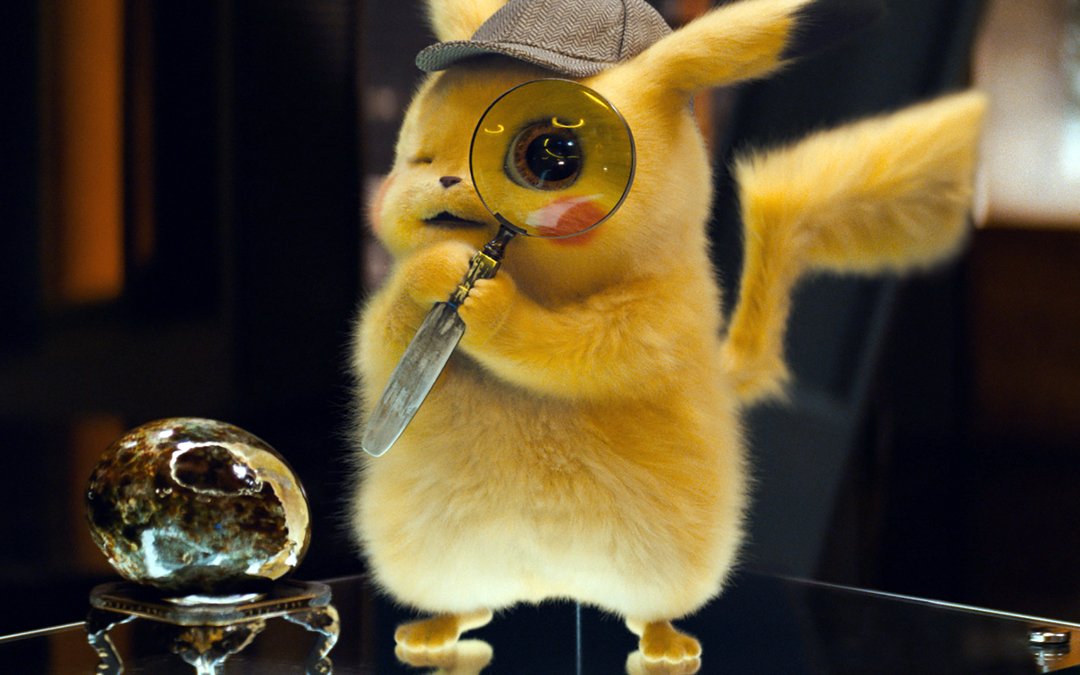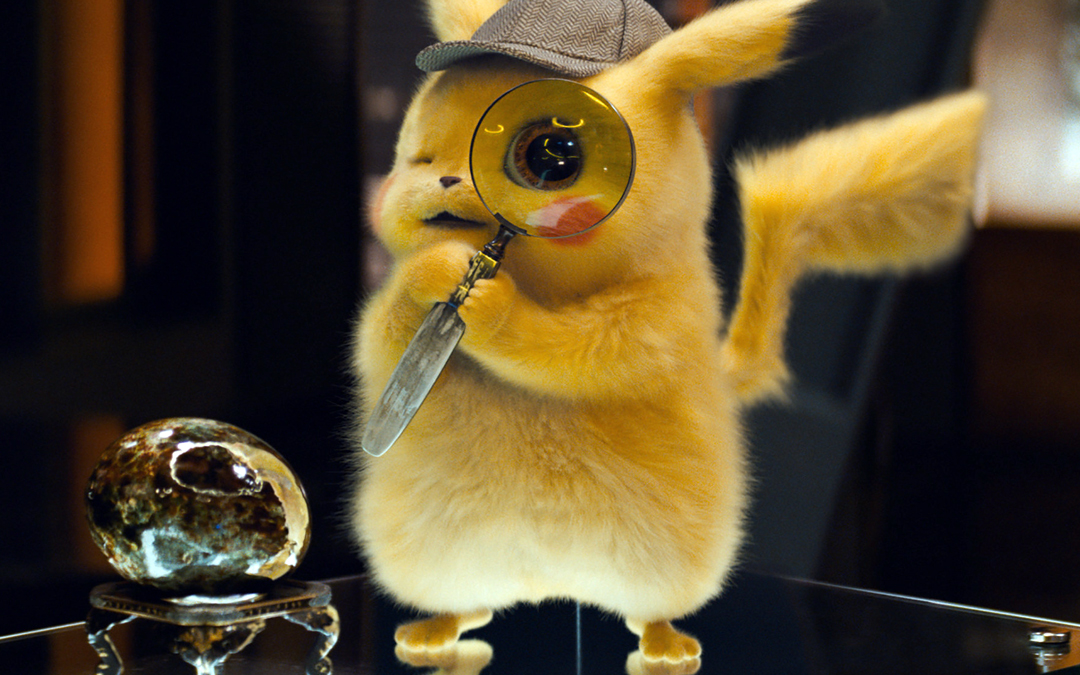Video Game Film Adaptations: How They're Changing For the Better
January 12, 2021
Hollywood has a long-standing history of adapting any IP they can get their hands on in their quest to find a project with a built-in audience — in other words, a sure bet. Books, graphic novels, board games, real-life stories; all are fair game, and have resulted in a wide range of successes and failures. But there is one group of IP that Hollywood has found difficult to adapt well: video games.
From Lara Croft: Tomb Raider and Hitman to Warcraft, the video game films over the past few decades have met with middling success at best. Even when a film performs decently at the box office, critical reception is often low. Fortunately, that trend has been changing in recent years. While no video game film adaptation has been critically revered, the reception has improved, and the box office has gone up. So what is it about video games that has made them so hard to adapt and what’s changed?
Part of the shift in success is the simple fact that video games have had time to finally become a part of mainstream culture. When Lara Croft: Tomb Raider first came out in 2001, video games had really only been a common medium for ten years or so. They were a thing for kids and teens to waste time with, and were often dismissed by older generations. It was a new form of entertainment and those who tried adaptations didn’t quite know how to approach them. But now the kids who grew up playing video games have become adults — and many have never stopped gaming.
This has affected video game adaptations in two ways. First, you now have a higher likelihood of finding filmmakers who know the material more intimately, who grew up with a particular game or are actively playing it at the moment. This familiarity, combined with people who have filmic skill sets, creates a creative team better suited to adapt the material. Screenwriters who know the games better know the core concepts and themes to focus on in their writing. They don’t have to spend hours attempting to familiarize themselves with the characters and the tone of the work because they already know it.
Conversely, there will still be adaptations done by those who are coming to the material fresh, and those who do might have an outsider's point of view that helps make the material accessible. But an increasing pool of talented writers who know and understand the video game material they’re adapting can only help the quality of the scripts.
The other side of aging gamers is it provides an expanding audience ready for the material. As gamers age, it increases the age-bracket of those who are familiar with properties and who want to see a movie about them. Take Detective Pikachu, an adaptation from the world of Pokémon. That film was made both for children actively playing Pokémon games today, but also for adults who played Pokémon when it first arrived 20 years ago. A live-action Pokémon movie in the 1990s very well could have flopped because the audience simply wasn’t there, whereas today, Pokémon is easily a four-quadrant film.
There’s also been a shift in the tone of video game film adaptations. A high number of early video game films were horror-based or tried to be grounded in their approach, perhaps in an attempt by filmmakers to compensate for the supposed inferiority of the source material. This seriousness is at odds with the often bombastic nature of video games, and the rejection of audiences to that approach is reflected at the box office. Need for Speed, Tomb Raider (2018), and Assassin’s Creed all tried more “straight” approaches to the material, and made a few hundred million. Rampage and Detective Pikachu, on the other hand, both embraced the insanity of their worlds, and made upwards of $400 million. And while some of that revenue can be attributed to star power or better scripts, some of the success has to be attributed to the fact that the studios made those movies look FUN.
At the same time, one can’t discount poor scripts as one of the reasons that video game adaptations have failed in the past. Sometimes, that’s simply because the material itself is weak to begin with and better left suited to the gaming world. A game like Mortal Kombat is popular for its gameplay, not its storytelling. But just as often, screenwriters run into problems adapting video games because they are pulling from source material with sprawling, complex plots and world-building. This is a problem that can occur with adaptations of any kind, but is greatly exacerbated by the sheer size of some video game franchises.
Consider, for instance, how often book adaptations miss the mark when they try to condense 400 pages of story into two hours. Now consider that some video game franchises have built up their mythology over several games, with each game having anywhere from 20 to 60 hours for plot and world-building. And the storytelling in a game isn’t limited to cutscenes and gameplay. Games frequently flesh out their world with optional story components like codexes (in-game encyclopedias), audio logs, letters, journals and more, all of which can add details that aren’t easy to translate to the big screen.
This means screenwriters have a particular challenge when approaching a video game film adaptation. They have to find a story that captures the essence of the game that appeals to both fans and non-fans alike, sifting through content that took years to create in the first place. It’s a small wonder that recent adaptations have chosen to let the video game source material be an inspiration, rather than attempting a straight adaptation. Detective Pikachu, Sonic the Hedgehog, and even Tomb Raider have found more success in creating original stories around the characters, rather than trying to adapt a specific story point.
But there’s another way writers and creatives are handling the denseness of video game stories: they’re abandoning film and adapting for television, instead. Most recently, Netflix’s The Witcher, which has the unusual pedigree of being a book series adapted into a popular video game trilogy before finally being adapted for television, released to great enthusiasm from viewers. Halo, The Last of Us, Fallout, and Assassin’s Creed have all turned to television for upcoming adaptations. Television is quite often a better fit for adaptations simply by virtue of being a longer format. Even with today’s shorter seasons, a television program affords writers roughly ten hours to explore material, and even more if the series gets renewed.
With the video game industry ballooning into a multi-billion dollar industry in recent years, studios are trying to find a way to get a piece of that pie. That’s especially true with the recent success stories of projects like Game of Thrones or the Marvel Cinematic Universe, which prove big-budget “nerdy” adaptations can find an audience. It’s taken time for Hollywood to give video game projects the attention and budget they need for a decent adaptation, but signs seem to be pointing to a hopeful future for the genre.
Written by: Caitlin Grieve
After discovering a passion for film studies at USC, Caitlin has spent several years working in film and TV development. Most recently, she worked at Silvertongue Films where she was part of a team developing adaptations of classic Scholastic properties, including 'His Dark Materials' for HBO/BBC and 'Goosebumps 2: Haunted Halloween' for Sony.- Topics:
- Discussing TV & Film




